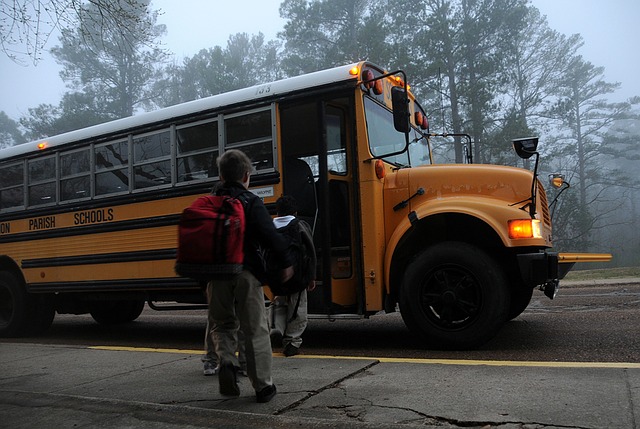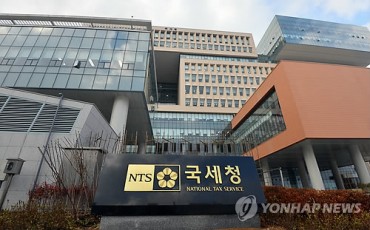
The reasons for the surge in violations are the police crackdown on school bus safety that started in October 2015, and new traffic safety laws that came into effect in January 2015 after a 3-year-old girl was killed by a school bus two years ago. (image: Pixabay)
BUSAN, Aug. 5 (Korea Bizwire) – The safety of school children when they are transported on school buses is becoming a concern among parents, due to frequent accidents and traffic law violations involving school bus drivers.
According to police statistics, 13,256 traffic violations from school bus drivers were reported this year, which was 5.7 times higher than last year’s 2,329 cases.
At 81.1 percent, the majority of the reported violations were related to children not wearing seatbelts when they were onboard. Other violations related to the safety of children such as operating blinking lights when children are getting on and off the bus, and checking if all children have gotten off the bus safely, also consisted of 8.1 percent of the total violations.
The reasons for the surge in violations are the police crackdown on school bus safety that started in October 2015, and new traffic safety laws that came into effect in January 2015 after a 3-year-old girl was killed by a school bus two years ago.
Despite stricter enforcement, the number of traffic accidents involving school buses is still increasing. Over the three-year period from 2013 to 2015, the number of accidents went up from 220 to 288 – a 31 percent increase.
Of the 25 fatalities from school bus accidents that occurred over the same period, nine of them were children, and 16.7 percent (186) of the injuries also occurred to children.
In another shocking case, a four-year-old in Gwangju was trapped inside a school bus for eight hours in July with the temperature reaching well beyond 30 degrees Celcius, and he still has yet to regain consciousness.
To prevent such accidents caused by negligence, the Drivers Training School Association in Busan announced on August 4 that it will ask the Busan Metropolitan City Office of Education and the Busan city government to require that a ‘safety check button’ be installed at the back of school buses, which drivers have to physically press after walking to the back of the bus and checking whether there are any children left unattended.
If the red button at the back of the bus is not pressed, the bus door will not lock.
“There are safety manuals, but most drivers do not follow them strictly. If this safety button is installed, the drivers will have to check the inside of the bus, thus preventing any child from being left behind,” said Baek Jin-ho, president of the association.
However, assistance from local government bodies is required to cover the installation costs for safety check buttons. If the request to install the ‘safety check button’ does not pass at the local government level, the association even plans on taking the matter to the national level.
The Drivers Training School Association in Busan, which consists of 230 members, was launched in July with the aim of preventing accidents for school children.
By Nonnie Kim (nkim@koreabizwire.com)






